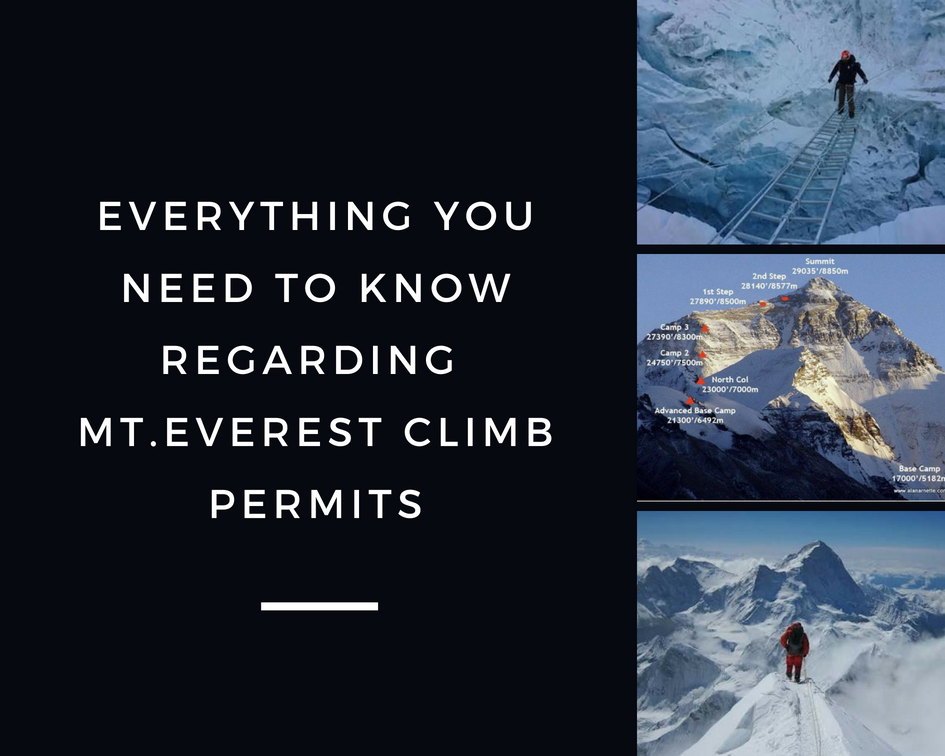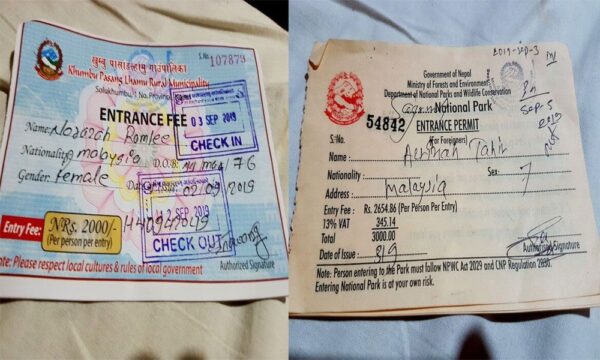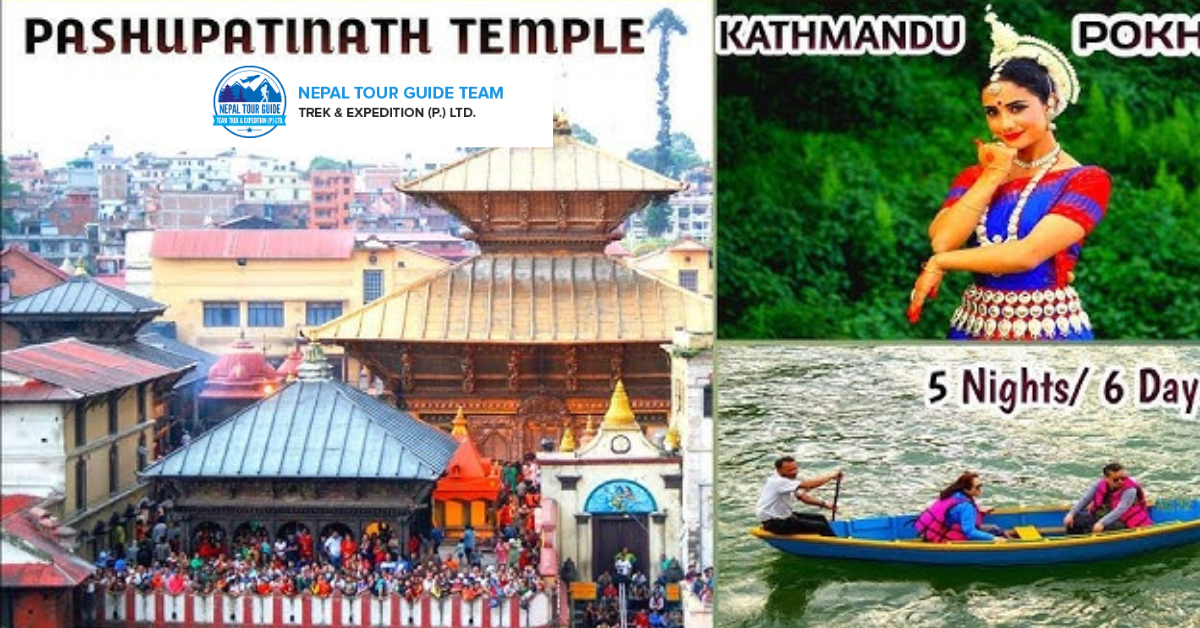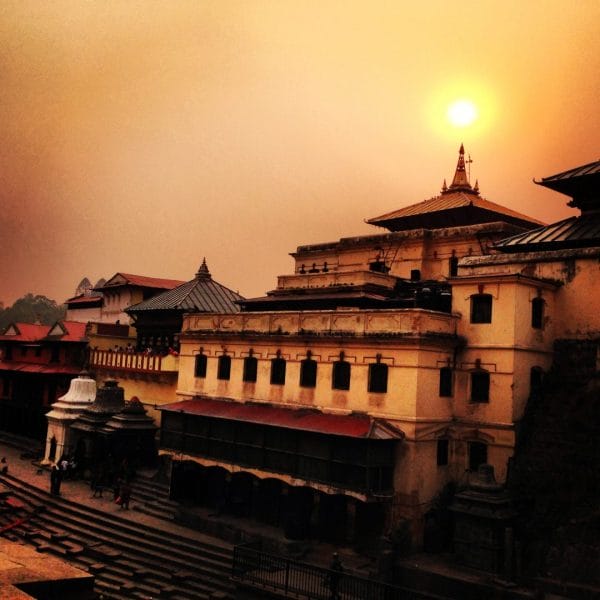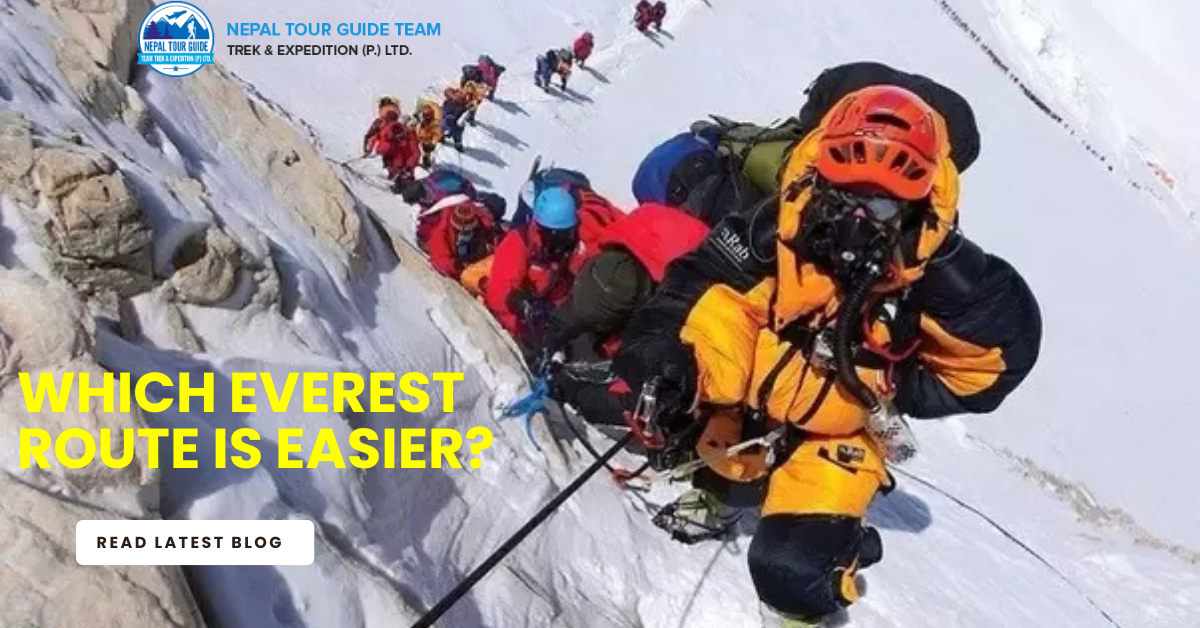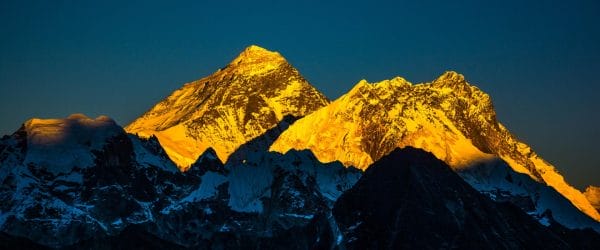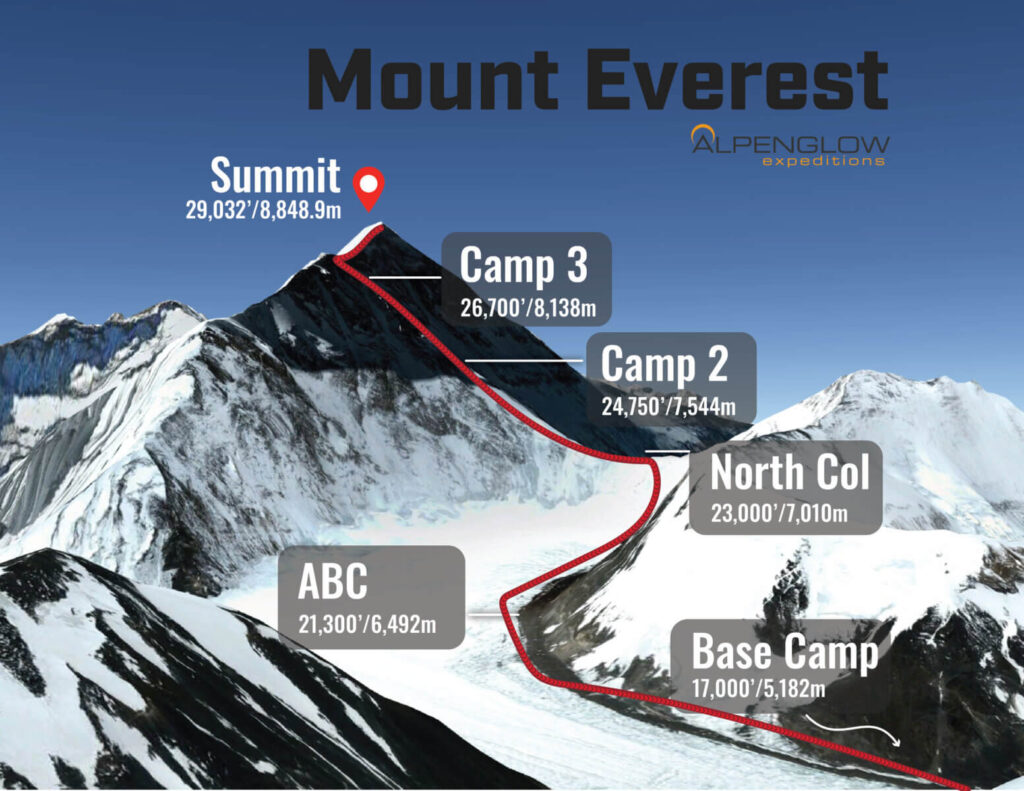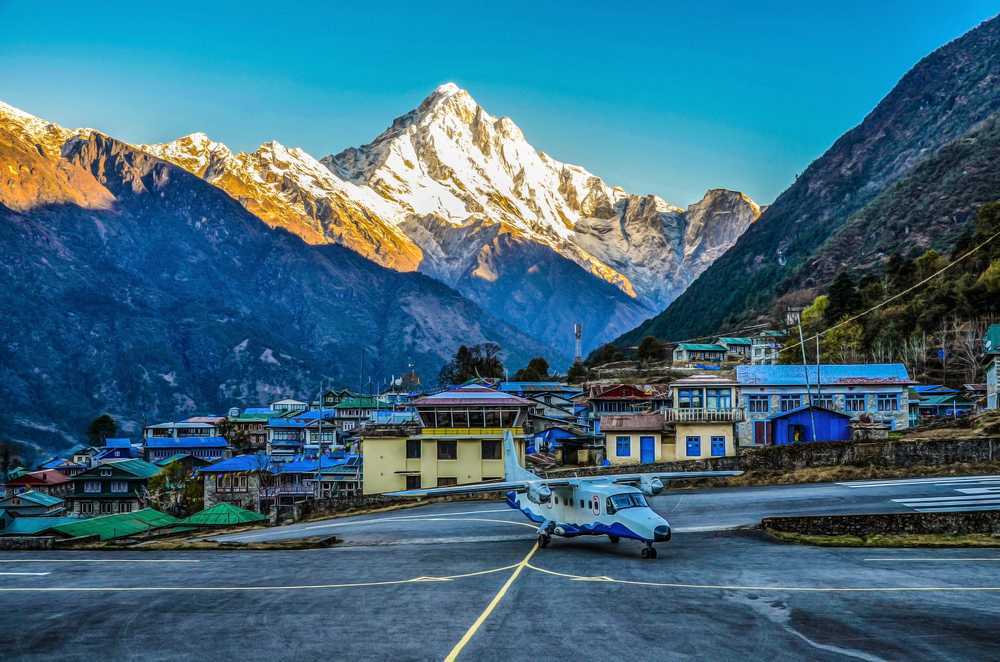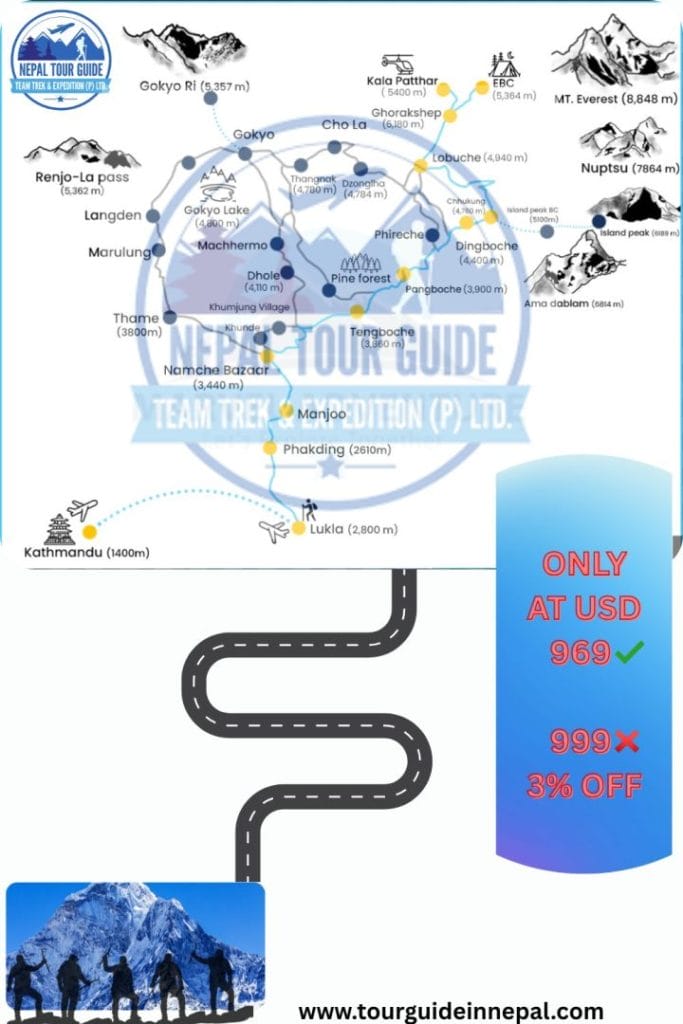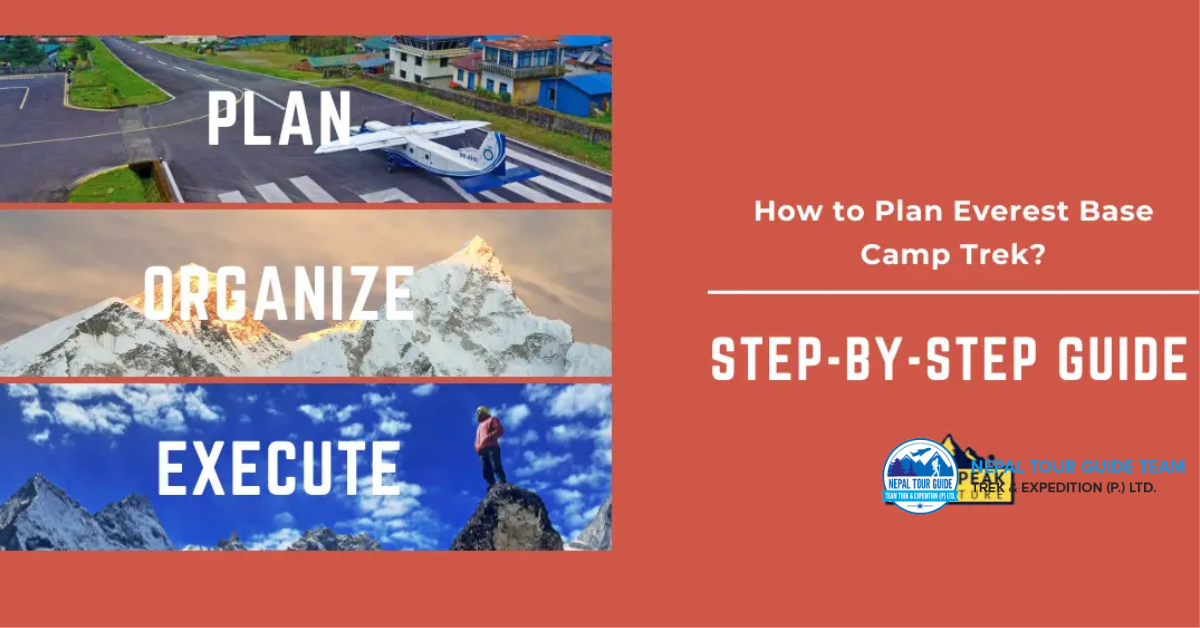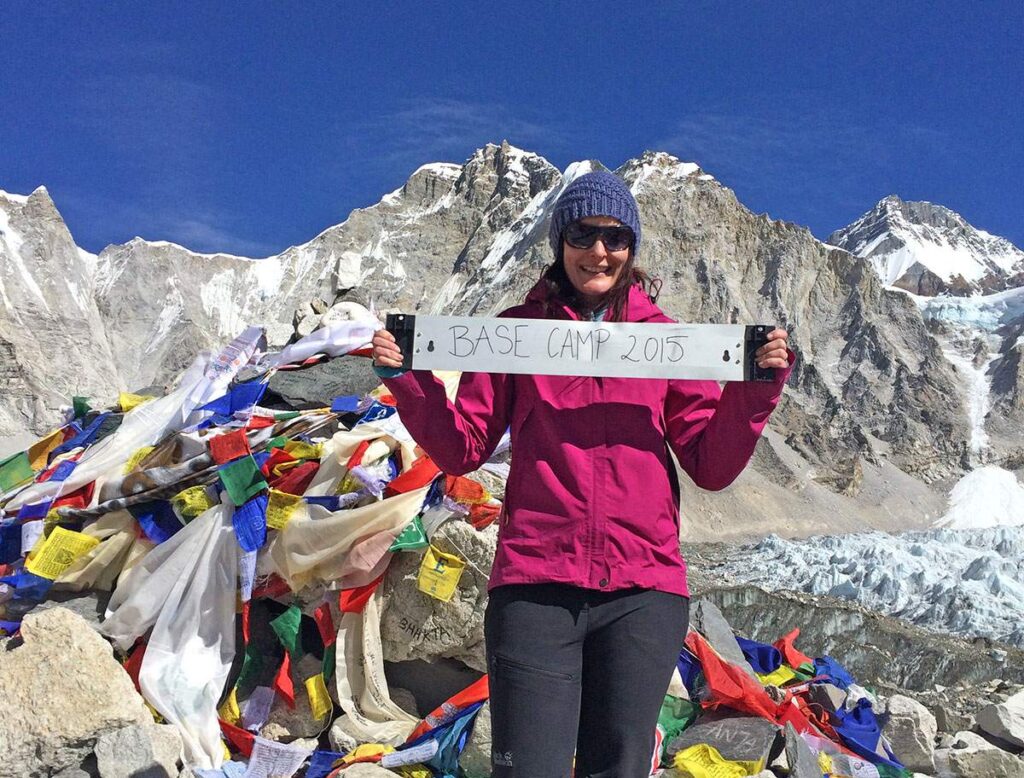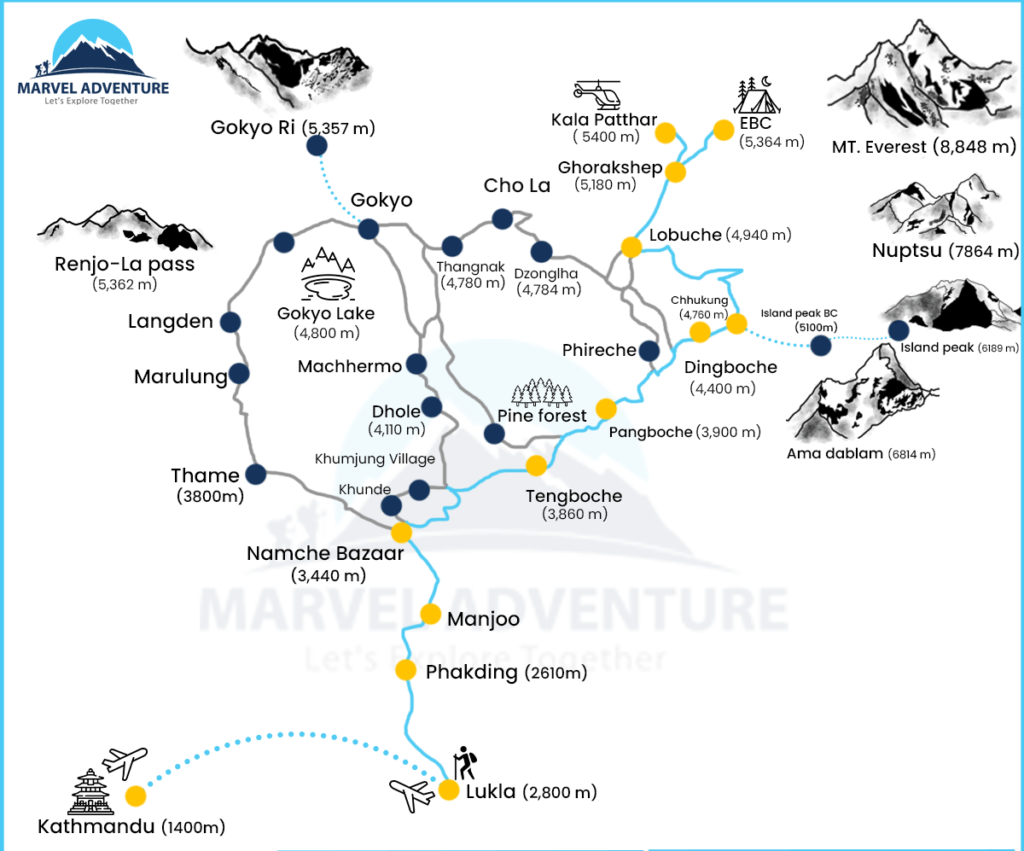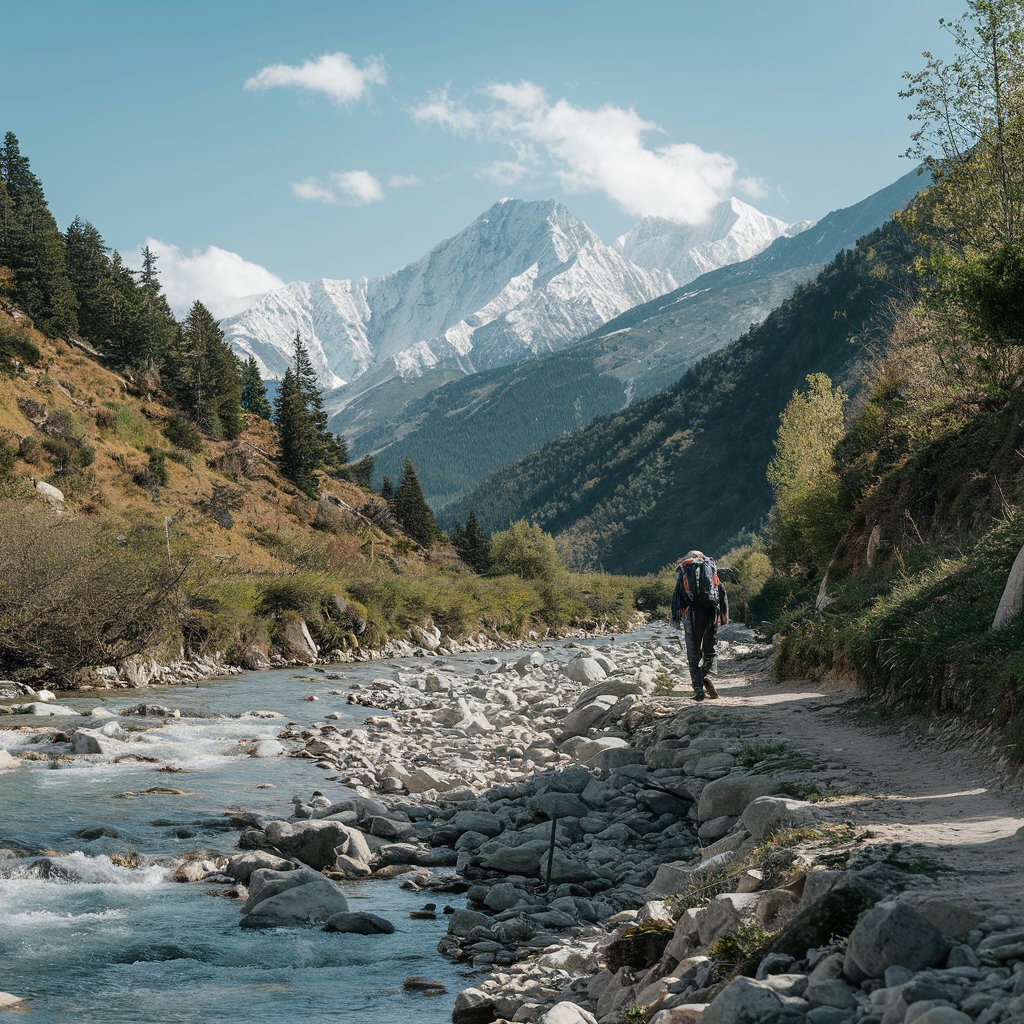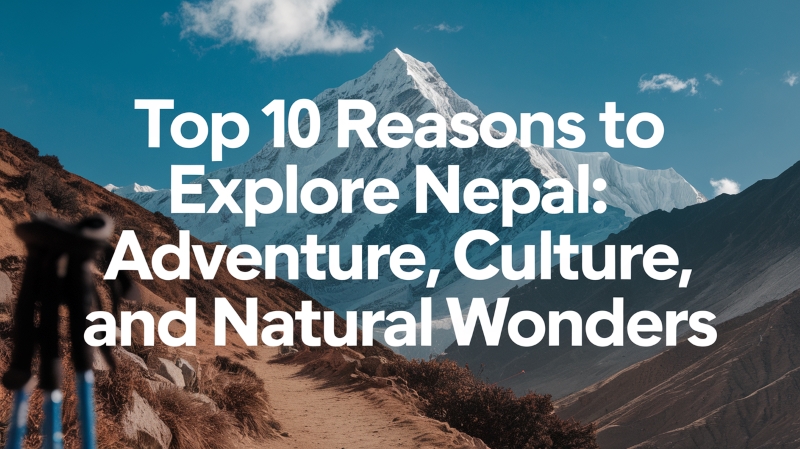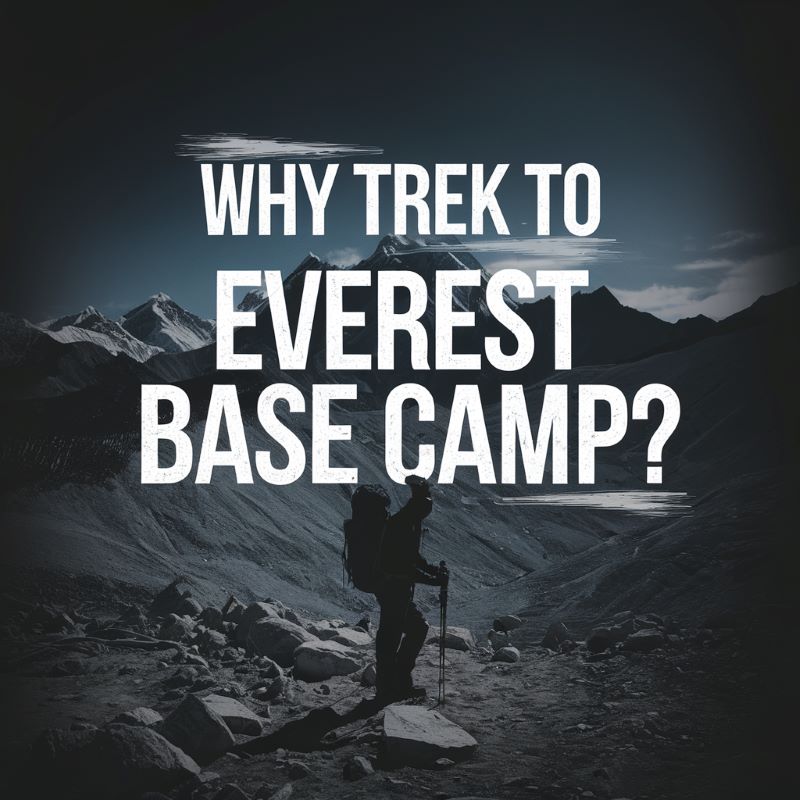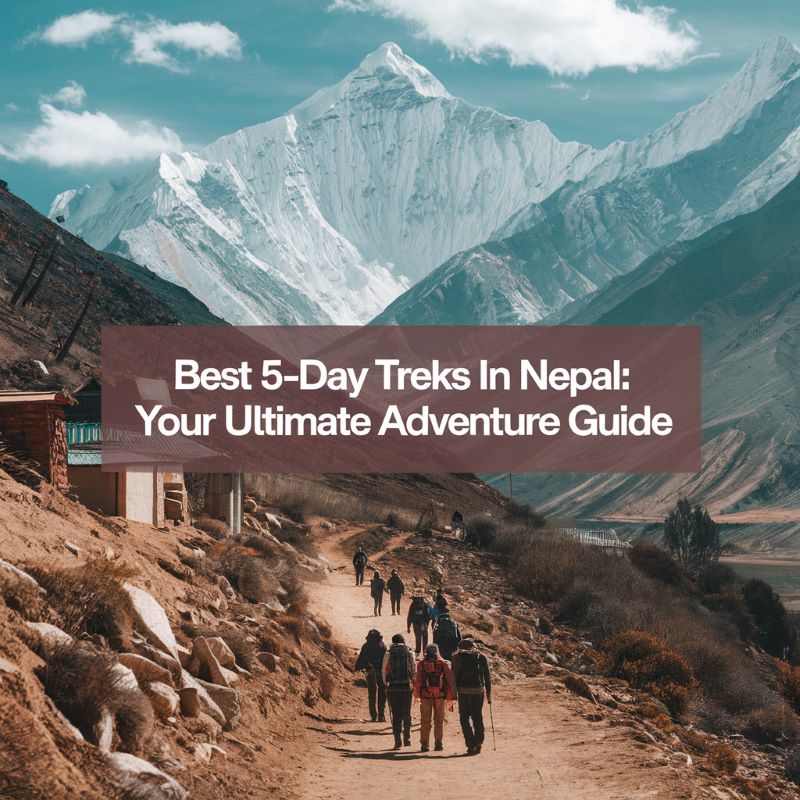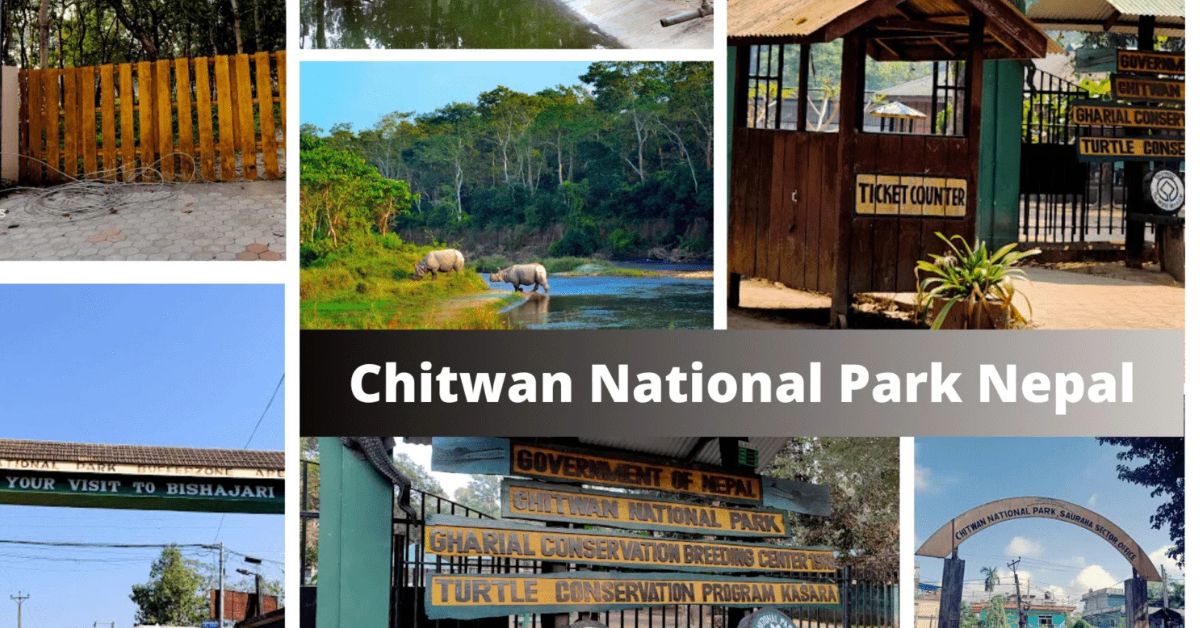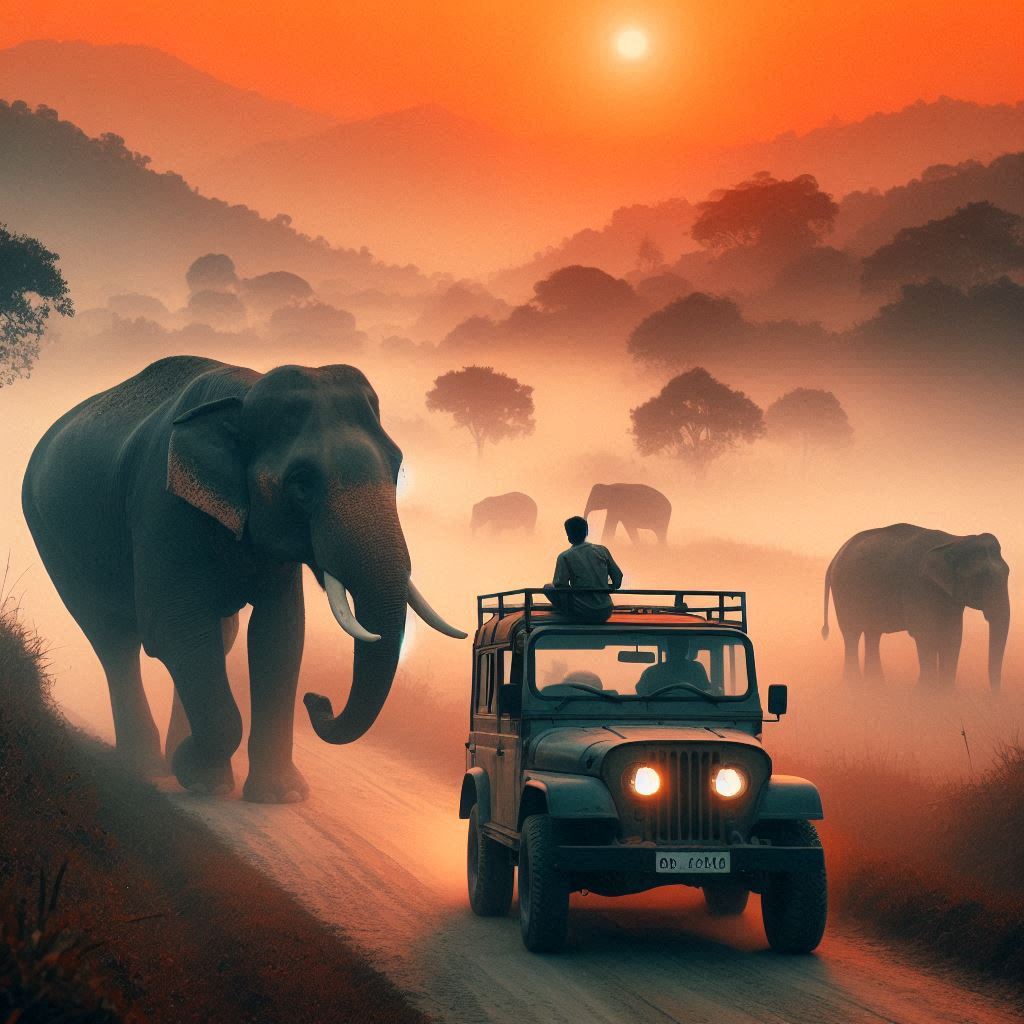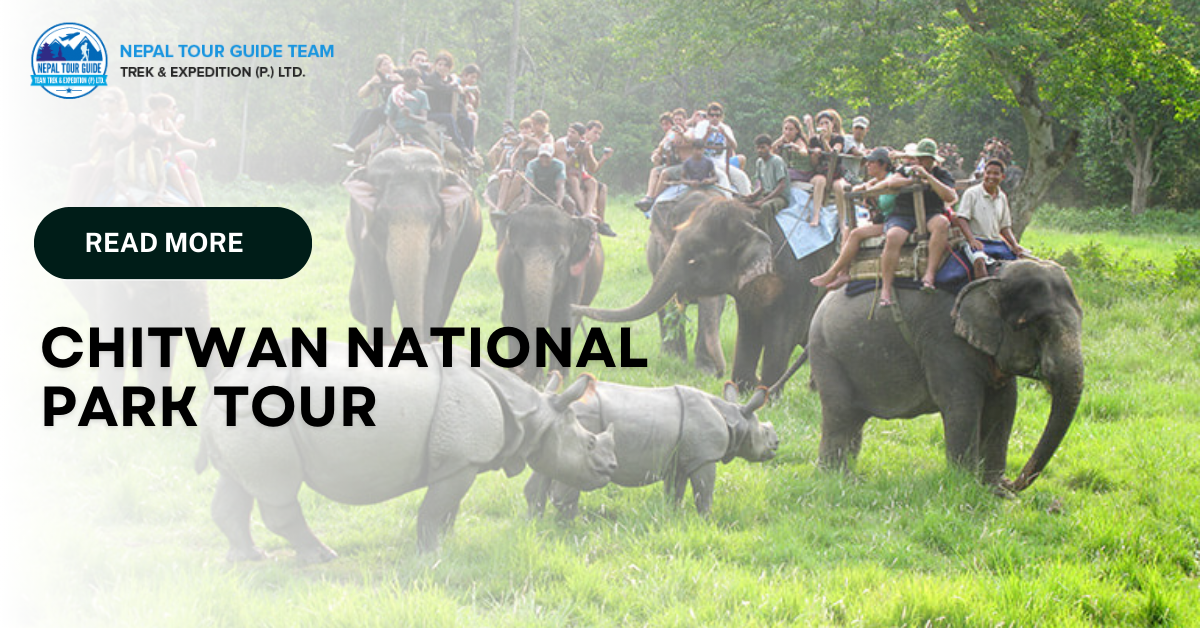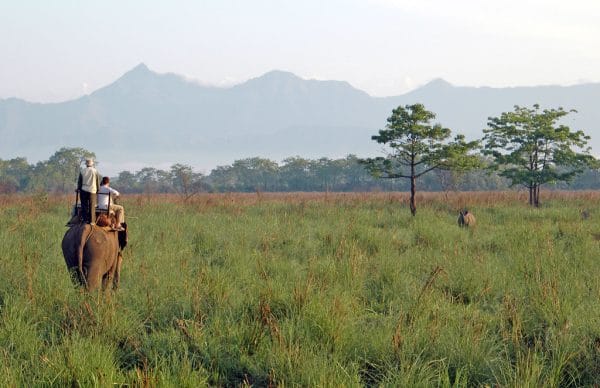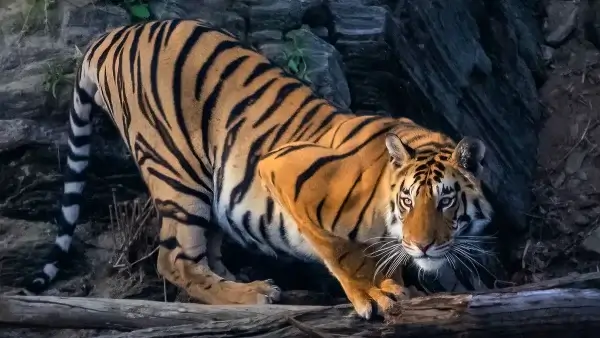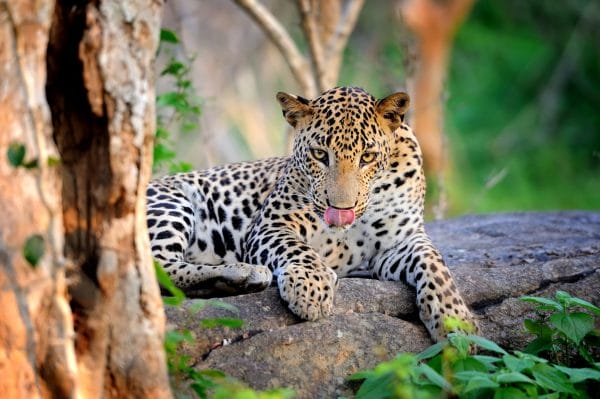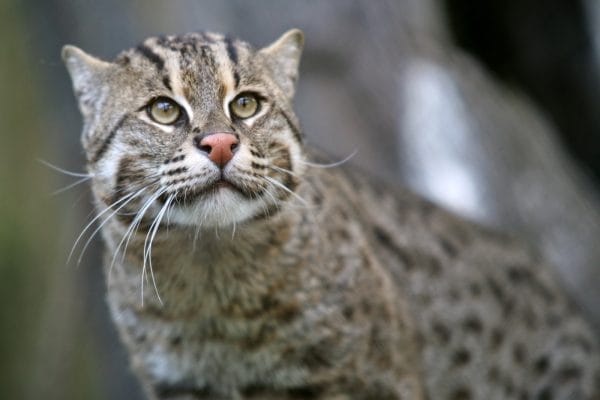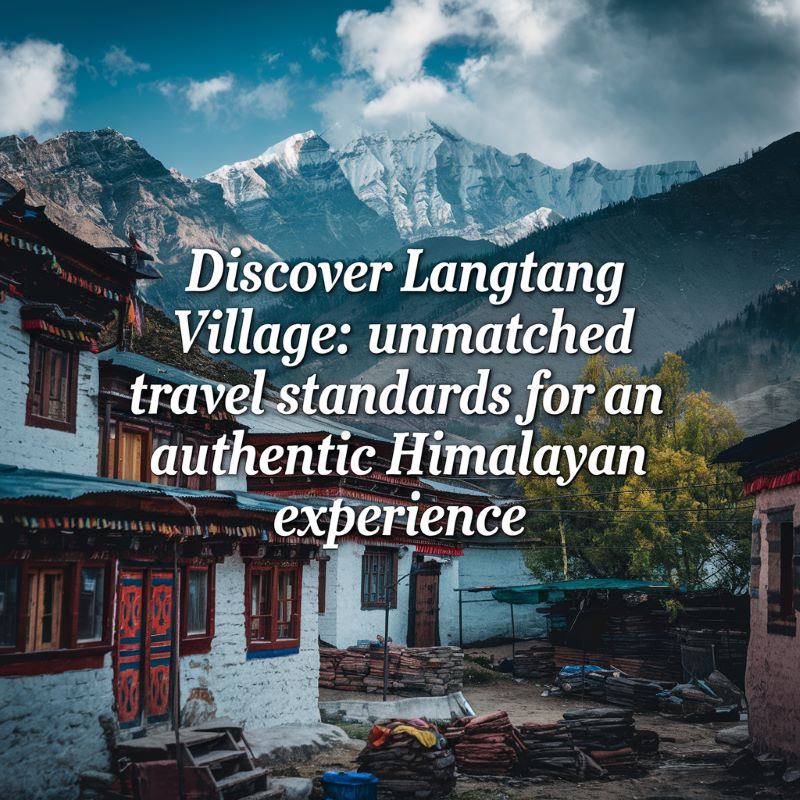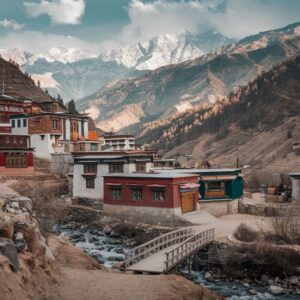Discover Langtang Village Unmatched Travel Standards for an Authentic Himalayan Experience
The village of Langtang, which is nestled in the Himalayas in the very heart of Nepal, is also a place of deep cultural heritage, magnificent landscapes, and natural beauty complex. Indeed, Nepal Tour Guide Team is concerned about Langtang Village and its environment and therefore we have set stringent eco-tourism measures that will ensure a culturally and environmentally enriching journey. Whether you decide to go trekking through the Langtang Valley or explore traditional Tibetan villages or witness fairy-like Himalayan scenes, our exceptional services will definitely meet your every need. We provide a 10-day Langtang valley trek for all travelers to understand the trip and get the whole experience

Embracing Sustainable Tourism Practices in Langtang Village
We are committed to eco-friendly tourism in Langtang Village and remain conscious of our environmental impact on every tour. The target is to revive the natural beauty of Langtang in the next generations, and this is the result of our efforts which promote waste reduction and local sustainable practice along with the support of locals. We make peace with nature by keeping sustainability as the top priority of our visits which in the end allow the guests to enjoy the untouched nature and other species of flora and fauna which they can help to protect him from someone.
Authentic Cultural Experiences in Langtang
Our special feature is authentic excursions for the local Tamang and Tibetan communities in Langtang. We work closely with local leaders, craftsmen, and families to create an authentic experience for our guests.
Safety as a Top Priority for Langtang Treks
Langtang’s extreme topography, high altitudes, and challenging routes make visitor safety our top priority. Our experienced guides, skilled in first aid and highly knowledgeable about the region, ensure a secure experience for every participant. We maintain excellent quality in our equipment and adjust itineraries as needed in response to poor weather or trail disturbances.
Customized Itineraries for Every Type of Langtang Traveler
Langtang can be a great destination for those who are into religious practices and adventure, as well as those nature lovers who use the cameras they have to take pictures. The registration of the journey will help us develop a list and prioritize them according to our personal interests. You can opt for quiet meditation in a monastery or go hiking to challenging and remote but still unseen tracks. Our professional guides take their
Community-Centric Tourism: Supporting Langtang’s Local Economy
Backing the Langtang folks is our primary principle. We make human resources decisions such as fair and equal wages, employment, and training for the locals which in the end foster the region’s economic growth. Our commitment in Langtang results in support to local enterprises, craftsmen and families who can thus make tourism something that benefits the community.
Transparent Pricing and Honest Communication for Langtang Tours
The Langtang Village, on the other hand, is all about sharing information with our clients. Our philosophy is based on the fact that we operate a balance of truth in terms of costs and the setting of expectations based on reality so that you can know what you will get from our expeditions. For she wants to remote areas on networks, we present the data to aid in the smooth running of travel.
What Makes Langtang Village an Ideal Destination for Adventure Travel?
The Langtang Village seems to be a fabulous experience for adventurers and people who like nature with the high mountains in the background and a place of rich cultural dietary. The mixed geological features you come across in Langtang National Park consists of different elements such as the emerald heart of deep woods, the highlands at the junctures, and glaciers at great heights. The world of trekking is diverse and complex. Hence, it can be difficult to find a good trek that is both challenging and accessible. But Langtang is somehow the combination of both and really offers the best of everything, so we encourage everybody from beginners to experts. This national park also offers visitors the chance to spot such rare species as red panda and snow leopard. Thus, it is a unique experience that can hardly be found anywhere else.
How Can You Travel Sustainably in Langtang Village?
The Langtang tourists can live sustainably by protecting nature, which randomly can be enough to perform through some practices like minimizing waste, following reputable ceremonies, and promoting indigenous activities. We, as a company, also adopt sustainability through methods such as using recyclable materials and developing partnerships with local suppliers who employ eco-friendly practices. While these practices may seem insignificant, they play a crucial role in sustainable tourism development in the Langtang area.
What Is Langtang Village Known For?
Langtang is a place of great beauty, rich cultural heritage, and hospitality of the local people. It is situate in the midst of the Langtang Valley, having flaunting some of the most gorgeous peaks in the world, snow-covered and well-established trekking trails where every hiker’s need is satisfied. In addition, Langtang is also home to unique wildlife, and diverse flora which the environmentalists considers as a haven for nature lovers.
How Do I Get to Langtang Village from Kathmandu?
If you are traveling from Kathmandu, then the most common mode of transport would be the scenic drive to Syabrubesi, followed by the trek to Langtang Valley. The journey takes about 7-8 hours, and then you trek, taking in the breathtaking landscapes and getting acquainted with the culture.
What Can I Expect in Terms of Accommodation in Langtang?
There are diverse choices for staying steps from public buses to eco-lodges in this place. The majority of these resorts usually furnish nice rooms to stay and serve organic foods obtained directly from the local farm. Those who want to experience the real feel of the local people and enjoy the authentic and rare feeling of warm welcome will stay in these lodges.
What Is the Best Time to Visit Langtang Village?
Ideal times to Visit is in Langtang are Spring – March to May and Fall – September to November.
How Does Local Culture Enhance the Travel Experience in Langtang?
The local culture, deeply influenced by the traditions of the Tibetan people who live in the area, provides travelers with a uniquely enriching experience. Visitors can immerse themselves in local customs, participate in festivals, and taste traditional foods, gaining insight into the region’s history and lifestyle.
What Wildlife Can I Expect to See in Langtang Village?
Langtang Village is home to diverse wildlife, including red pandas and Himalayan tahr. The area’s natural beauty and biodiversity make it a paradise for wildlife enthusiasts, especially within Langtang National Park.
How Can I Prepare for a Trek in Langtang?
Trekking in Langtang is popular and requires physical readiness, essential gear, and acclimatization to high altitudes. Key essentials include trekking boots, warm clothing, and a reliable backpack. Hiring a local guide is also recommended for both safety and valuable insights into the trails.
Why Is Langtang Village Great for All Types of Travelers?
Langtang Village offers something special for adventurers, nature lovers, culture enthusiasts, and spiritual seekers alike. Its diverse activities—from trekking and wildlife viewing to cultural experiences—ensure that every visitor finds something memorable.
How Can I Experience Local Cuisine in Langtang Village?
Travelers can enjoy dishes made from local produce, like dal bhat and momos. Many teahouses and lodges serve this food, allowing visitors to savor authentic flavors while supporting the local culinary tradition.
How to Personalize Your Langtang Trekking Experience
Share your interests with us, and we’ll design a unique adventure tailored to you. Contact us anytime at WhatsApp +9779851243700.





